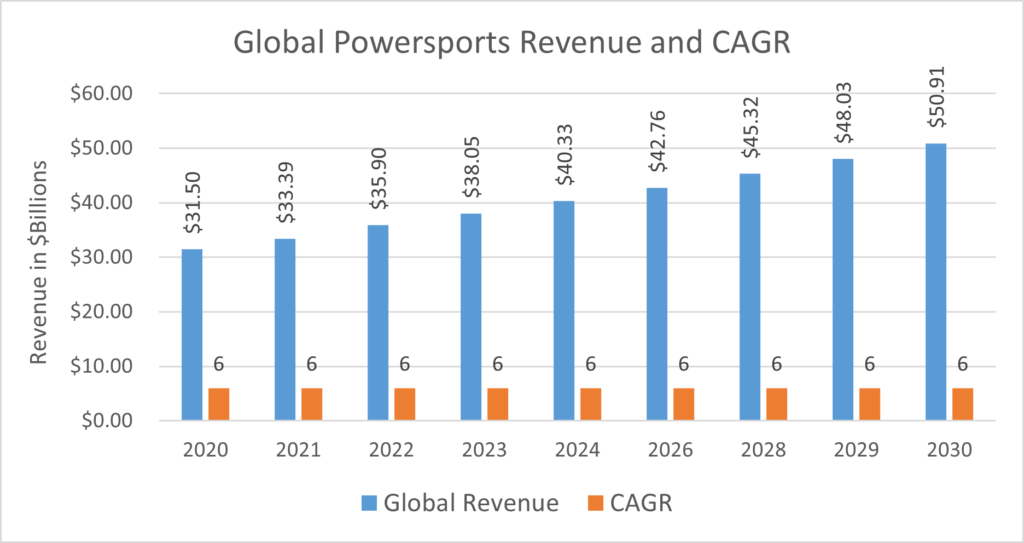Cheering Festive Season for Auto Industry
INDIA REPORT
This year’s festive season fired up vehicle registrations but failed to match 2019 sales numbers. Vehicle sales, which peak during the festive season in India, account for about 40% of annual volume. Sales in the just-concluded season this year were better than in the past two COVID years but were far below the sales level of 2019.
“Auto Retail for October 2022 saw an overall growth of 48%,” said Manish Raj Singhania, president of FADA. With most of the month under the festive period, the sentiments were extremely positive across all categories of dealership outlets.”
Source: Economic Times Read The Article




